How Do You Properly Tarp a Roof? The Safe Way to Protect Your Home.
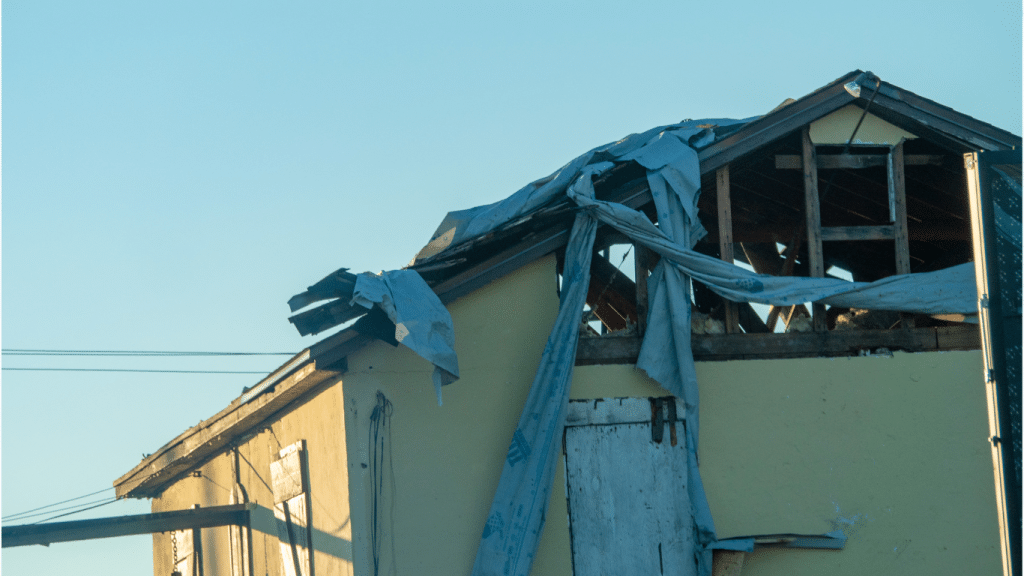
Introduction: Your Home’s First Line of Defense
When your roof gets damaged in a storm, time is really important. Water coming in can cause expensive problems, like mold and damage to the house’s structure. People often think about covering the roof with a tarp themselves, but honestly, it’s best to let professionals handle this. They know how to do it safely and correctly. This guide will tell you what to do after your roof is damaged, why it’s so significant to have experts tarp your roof, and how companies like Number One Restoration make sure your house is safe.
What Should Homeowners Do After Roof Damage?
After a storm or accident, your first instinct may be to climb up and inspect the damage yourself. However, roofs can be slippery, unstable, and dangerous—especially after severe weather. Instead, focus on these low-risk, essential actions:
- Visually Inspect from the Ground: Walk around your property and look for visible signs of damage, such as missing shingles, debris, or sagging areas. Use binoculars if needed, but never climb onto the roof.
- Check Indoors for Leaks: Look for water stains on ceilings or walls, damp spots, or dripping water. These are signs that your roof may be compromised.
- Document the Damage: Take photos or videos from safe locations. This documentation will be helpful for insurance claims and for the professionals you call.
- Contact a Professional Restoration Company: Reach out to experts like Number One Restoration immediately. Fast action can prevent further damage and ensure your insurance claim is processed smoothly.
Important:
Never attempt to tarp or repair your roof yourself. According to the National Safety Council, falls from roofs are a leading cause of home repair injuries. Your safety is always the top priority.
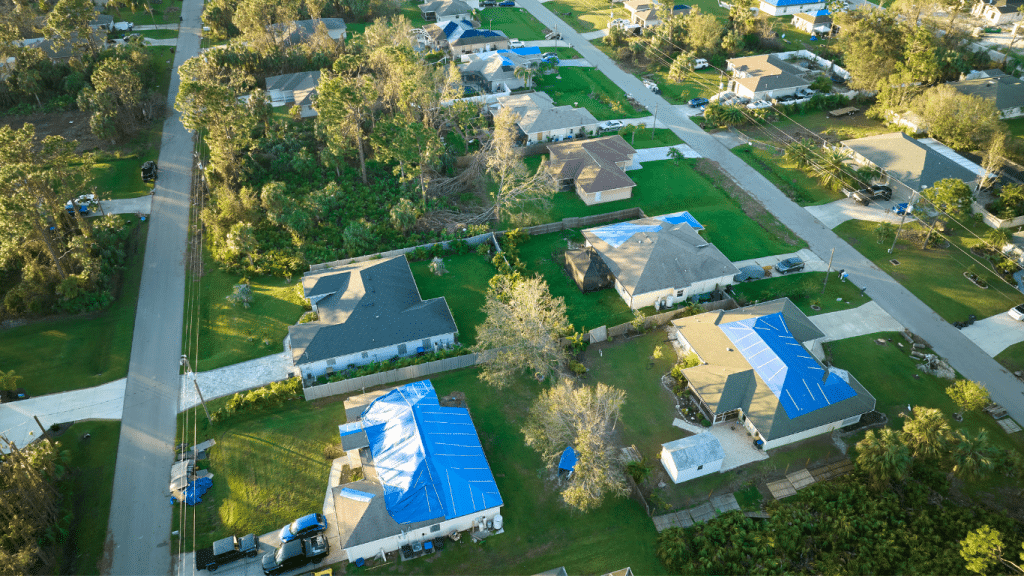
How Do Professionals Properly Tarp a Roof?
When you call a trusted company like Number One Restoration, you’re not just getting a quick fix—you’re getting a comprehensive, safe, and effective solution. Here’s how the professionals handle roof tarping:
1. Thorough Safety Assessment
Before any work begins, the team assesses the structural integrity of your roof and the surrounding area. They use safety harnesses, ladders, and protective gear to minimize risk.
2. Detailed Damage Inspection
Professionals conduct a close-up inspection to identify all affected areas, including hidden leaks or weak spots that may not be visible from the ground.
3. Selection of High-Quality Materials
Experts use heavy-duty, waterproof, and UV-resistant tarps designed to withstand harsh weather. They also bring specialized tools and fasteners to ensure a secure installation.
4. Precise Tarp Placement
The tarp is carefully positioned to cover all damaged sections, extending well beyond the affected area to prevent water from seeping underneath. The team ensures the tarp is taut and free of gaps.
5. Secure Fastening
Using wooden boards and professional-grade fasteners, the tarp is anchored firmly to the roof. This prevents wind from lifting the tarp and ensures it stays in place until permanent repairs can be made.
6. Final Inspection and Documentation
After installation, the team double-checks for any vulnerabilities and documents the work for your insurance claim. They also provide guidance on next steps for permanent repairs.
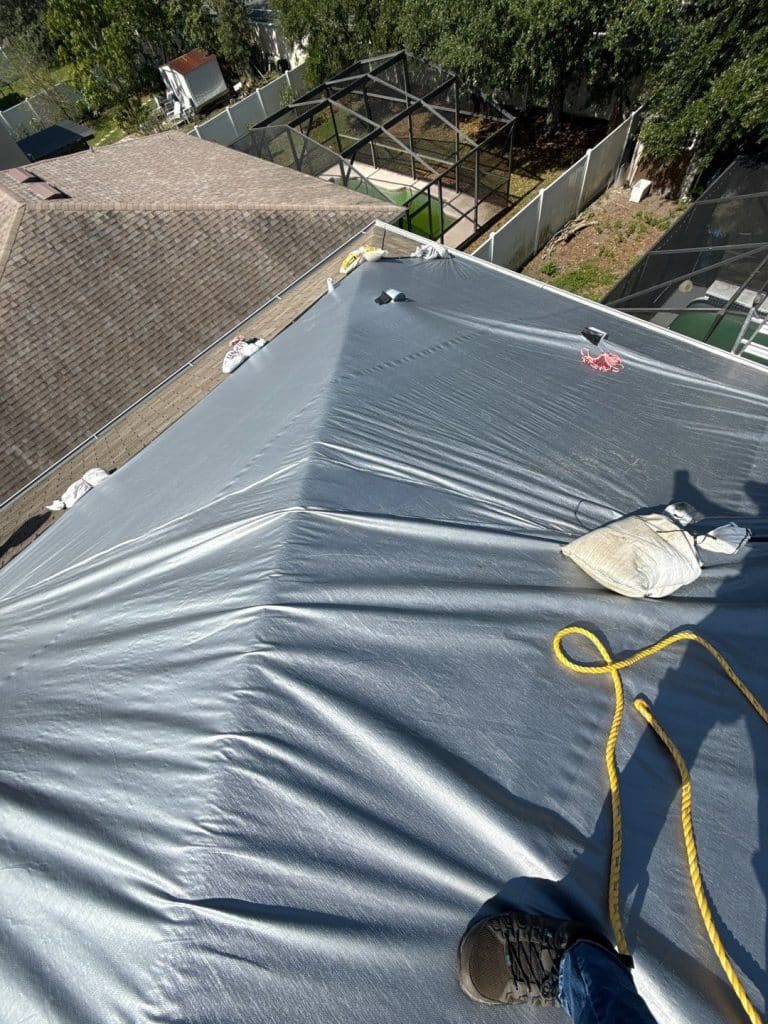
Why Professional Tarping Matters: Data and Expert Insights
Water damage is one of the most common and expensive issues homeowners face. According to the Insurance Information Institute, water-related claims account for nearly 29% of all homeowner insurance claims in the U.S. each year. Improper or delayed tarping can lead to mold, rot, and thousands of dollars in additional repairs.
A study by the National Roofing Contractors Association found that professionally installed tarps reduce secondary water damage by up to 80%. As John Smith, a certified roofing expert, explains:
“A professional tarping job is not just about covering a hole—it’s about protecting the entire structure and ensuring your family’s safety.”
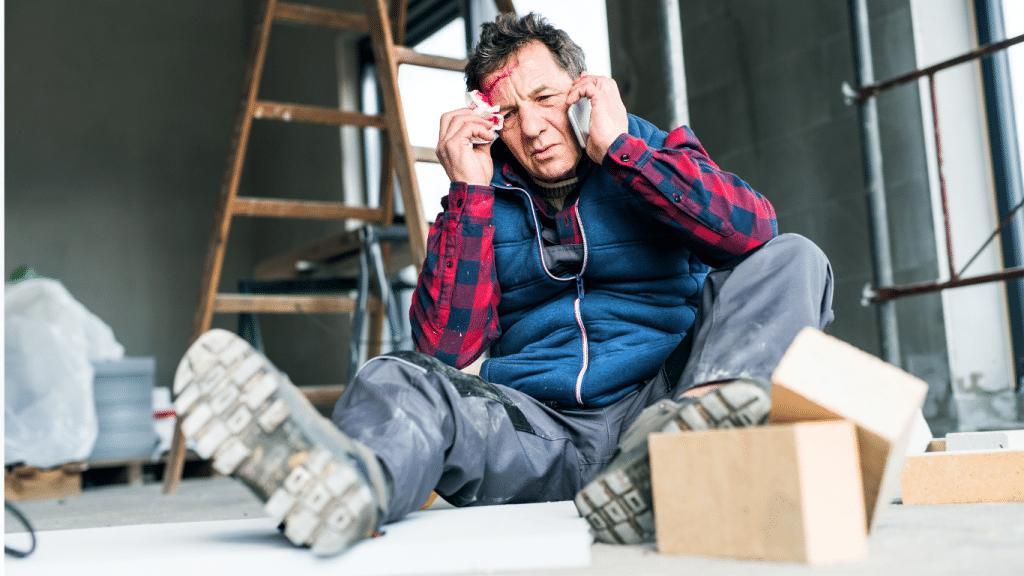
The Risks of DIY Roof Tarping
Attempting to tarp your own roof is never recommended. The risks include:
- Personal Injury: Falls from roofs are a leading cause of serious injuries during home repairs.
- Improper Installation: A poorly installed tarp can allow water to enter, causing more damage and potentially voiding your insurance claim.
- Hidden Hazards: Damaged roofs may have weak spots that are not visible, increasing the risk of collapse or further injury.
The American Red Cross and other safety organizations strongly advise homeowners to leave roof tarping to trained professionals.
Why Choose Number One Restoration for Roof Tarping?
Rapid Emergency Response
Number One Restoration understands that time is critical after roof damage. Their team is available 24/7 to respond quickly and prevent further water intrusion.
Certified and Experienced Technicians
All technicians are trained in the latest safety protocols and tarping techniques. They use only the best materials and equipment to ensure your home is protected.
Insurance Assistance
Navigating insurance claims can be stressful. Number One Restoration provides detailed documentation and works directly with your insurance company to streamline the process.
Peace of Mind
With professionals on the job, you can rest easy knowing your home is in expert hands. Number One Restoration’s reputation is built on reliability, safety, and customer satisfaction.

Frequently Asked Questions (FAQs)
Stay safe, inspect from the ground, document the damage, and call a professional restoration company right away.
A professionally installed tarp can last several weeks or months, but it’s best to schedule permanent repairs as soon as possible.
Most homeowner policies cover emergency tarping as part of storm damage mitigation. Keep all documentation and receipts.
DIY tarping is dangerous and can lead to injury or further damage. Professionals have the training and equipment to do the job safely and correctly.
Number One Restoration offers 24/7 emergency response and can often be on-site within hours of your call.
Conclusion: Protect Your Home the Right Way
When your roof is damaged, your first priority should always be safety. Avoid the risks of DIY repairs and trust the experts at Number One Restoration to properly tarp your roof and protect your home. Their fast response, professional expertise, and commitment to customer care make them the best choice for emergency roof tarping.
Don’t wait—contact Number One Restoration today for immediate, professional roof tarping and restoration services!
References:
- Insurance Information Institute: Water Damage Claims
- National Roofing Contractors Association
- American Red Cross: Emergency Home Repairs
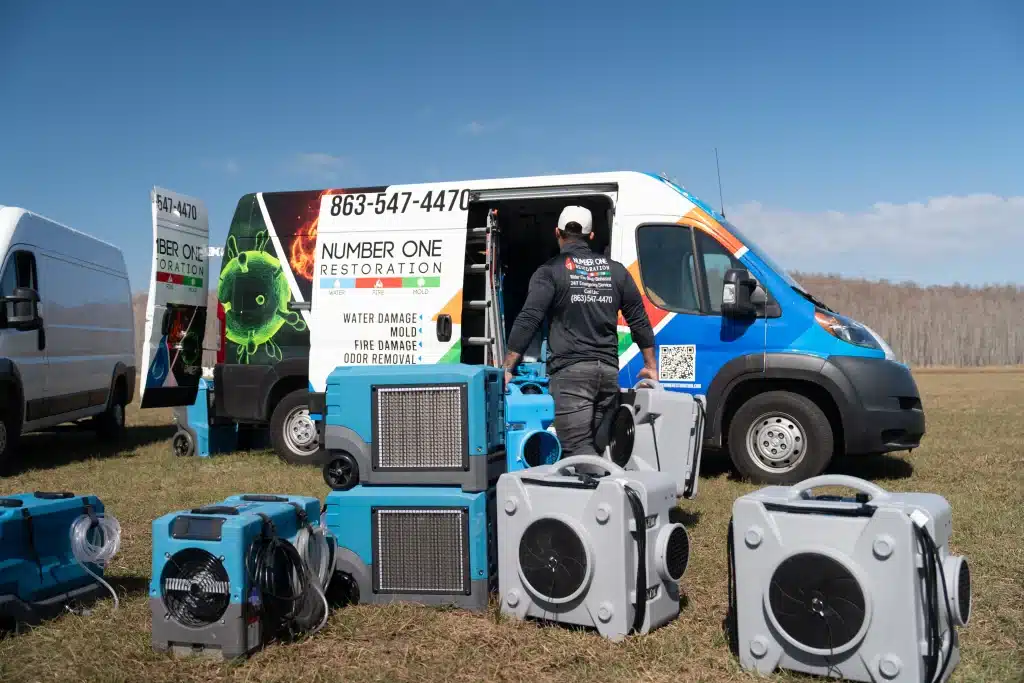
Need to inspect your roof?
If you need your roofs inspected, or a tarp service, trust the professionals at number one restoration.
Get your roofs inspected before hurricane season!





